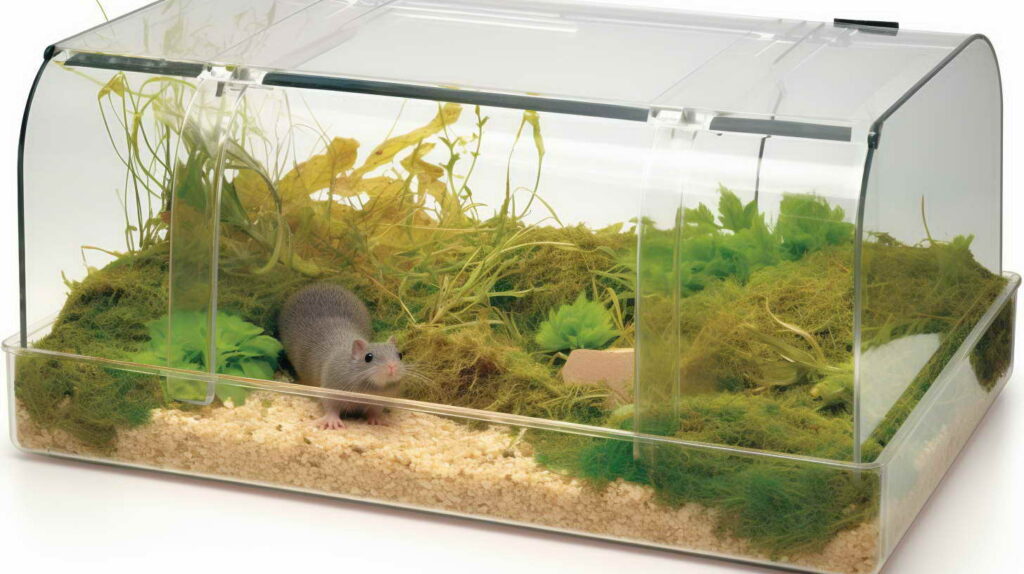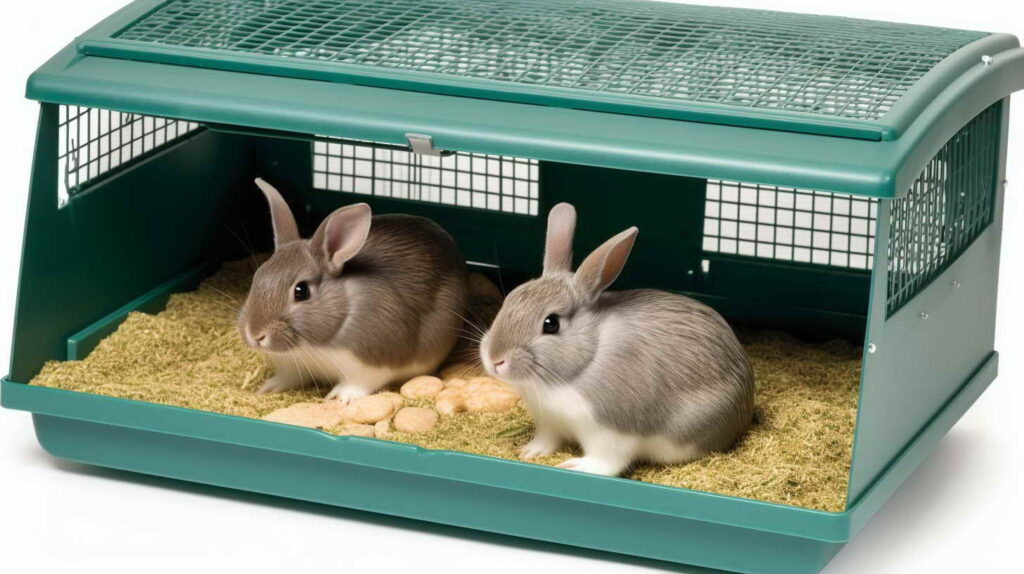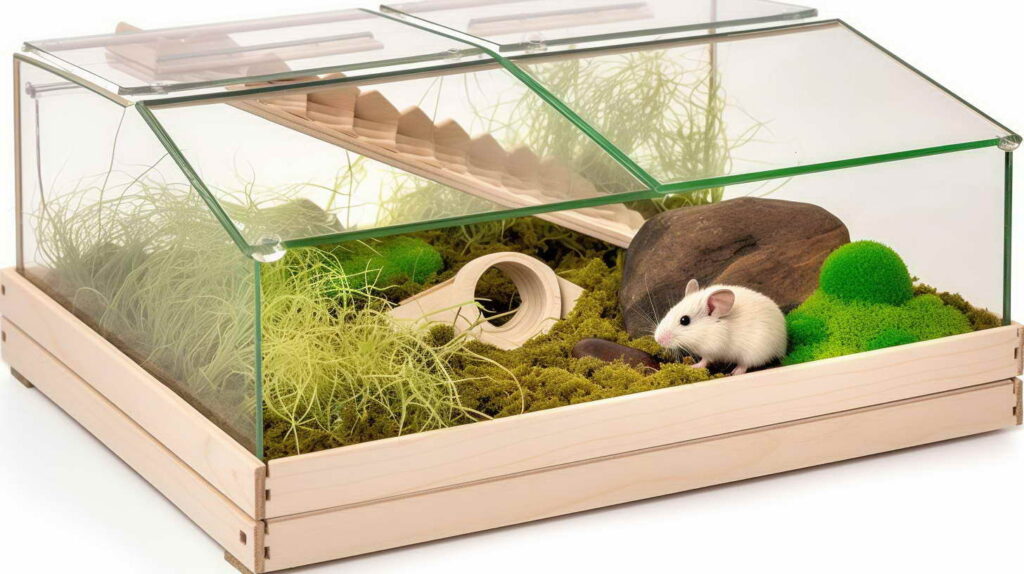Introduction
PETSIDI – Hey there, fellow animal enthusiasts! If you’re in the delightful world of small pets, you’re in for a treat. Small animals, ranging from fluffy hamsters to social rabbits and exotic sugar gliders, make fantastic companions. However, creating the perfect living space for your petite pals requires some thoughtful consideration. Let’s embark on a journey through the diverse universe of small animal habitats and explore the ins and outs of providing a cozy, safe haven for our adorable friends.
Choosing the Right Small Animal Habitat
1. Understanding the Diverse World of Small Animals
Welcome to the small animal kingdom, where furry, scaly, and feathery friends come in all shapes and sizes. Before diving into the world of habitats, it’s crucial to understand the unique needs and behaviors of each tiny companion.
- Hamsters: These nocturnal buddies love to burrow and run on exercise wheels. Opt for a cage with enough floor space and a solid wheel.
- Gerbils: Social and active, gerbils thrive in spacious enclosures with tunnels for digging and exploring.
- Guinea Pigs: Sociable and larger in size, guinea pigs need roomy hutches or pens, preferably with hideouts for privacy.
- Rabbits: Intelligent and playful, rabbits require ample space to hop around. Hutches or pens with secure outdoor access are ideal.
- Chinchillas: With their dense fur and playful demeanor, chinchillas need well-ventilated cages or multi-level enclosures for climbing.
- Degus: Intelligent and social, degus do well in large enclosures with multiple levels and items for climbing.
- Mice and Rats: Highly social and curious, these little ones benefit from cages with plenty of horizontal space and opportunities for climbing.
- Ferrets: Energetic and playful, ferrets thrive in spacious cages or enclosures with multiple levels and hammocks for lounging.
- Hedgehogs: Nocturnal and solitary, hedgehogs prefer secure enclosures with hiding spots and a wheel for exercise.
- Sugar Gliders: Arboreal and social, sugar gliders need tall cages with branches for climbing and pouches for nesting.
- Pygmy Hedgehogs: Similar to hedgehogs, they prefer secure enclosures with hiding spots, but also enjoy wheels for exercise.

2. Types of Small Animal Habitats
Now that you know your pet’s personality, it’s time to choose the right habitat. The market offers various options, each catering to specific needs:
- Cages: Wire cages are excellent for ventilation, while plastic cages are easy to clean. Glass cages offer visibility but may be heavier.
- Terrariums and Vivariums: Ideal for species like degus, providing a controlled environment for their specific needs.
- Tank Habitats: Perfect for aquatic or semi-aquatic pets like mice or pygmy hedgehogs, offering a unique and secure space.
- Hutches and Pens: Larger living spaces for rabbits and guinea pigs, ensuring they have room to move and socialize.
- Enclosures: Versatile options suitable for various small animals, offering customization and flexibility.
Consider the size, material, and ventilation of each option to find the perfect match for your small companion’s requirements.
3. Considering Materials and Budget
As you explore habitat options, keep durability, cleaning ease, and budget in mind:
- Wire Cages: Affordable, but cleaning may be more labor-intensive.
- Plastic Cages: Easy to clean and lightweight, but may not be as durable.
- Glass Cages: Sturdy and provide visibility, but can be heavier and pricier.
Price Estimation: Budget-friendly wire cages start at around $20, while larger tanks or enclosures can range from $50 to $150, depending on size and material.
By understanding your small animal’s needs and choosing a habitat that aligns with those needs, you’re well on your way to creating a cozy and secure haven for your pint-sized friend.

Acquiring the Essentials
4. Basic Habitat Components
Now that you’ve chosen the perfect habitat, it’s time to transform it into a small animal paradise. Let’s delve into the must-have components that will make your pet’s living space both comfortable and stimulating.
- Bedding: The foundation of any small animal habitat is the bedding. Opt for safe and comfortable materials such as pine shavings, paper-based bedding, or aspen shavings. These not only provide a cozy surface but also aid in controlling odors.
- Nesting Materials: Small animals love to create their own little sanctuaries. Supply them with nesting materials like hay, shredded paper, or even soft fleece. This not only satisfies their natural instincts but also adds a touch of personalization to their space.
- Hideouts and Tunnels: Every small creature needs a place to retreat and feel secure. Introduce hideouts and tunnels into the habitat to mimic their natural environments. Whether it’s a cozy log for a hamster or a tunnel system for a ferret, these additions are essential for mental well-being.
5. Entertainment and Exercise
Small animals are active and curious, so keeping them mentally and physically stimulated is crucial for their overall happiness.
- Toys: Invest in a variety of toys to keep your pets engaged. From chew toys for rodents to interactive puzzles for rabbits, the market offers a plethora of options. Rotating toys regularly prevents boredom, ensuring a continuously enriching environment.
- Exercise Wheels: Particularly important for hamsters, mice, and rats, exercise wheels provide an outlet for excess energy. Choose a wheel that is appropriately sized for your pet to ensure a comfortable and safe exercise experience.
- Food Bowls and Water Bottles: Keep your pet well-fed and hydrated with suitable containers. Attachable water bottles are excellent for preventing spills, while sturdy, tip-resistant food bowls ensure a steady supply of nourishment.
6. Nutrition and Treats
A well-balanced diet is the cornerstone of your small pet’s health and longevity. Different species have varying dietary needs, so research and cater to your pet’s specific requirements.
- Pellets: High-quality pellets tailored to your pet’s species provide essential nutrients. Prices vary, but a good bag of pellets typically ranges from $10 to $20, depending on the brand and quantity.
- Fresh Fruits and Vegetables: Supplement your pet’s diet with fresh produce. Ensure you’re aware of what is safe for your specific small animal, offering a mix of fruits and veggies for a well-rounded nutritional intake.
- Treats: Who can resist a treat now and then? Treats, whether store-bought or homemade, are excellent for training and bonding. Just be mindful of moderation to maintain a healthy diet.
7. Accessories for Personalization
Make your small animal’s habitat a reflection of their personality with personalized touches.
- Decorative Elements: Safe decorations like tunnels, bridges, and climbing structures add flair to the habitat. These elements also serve as entertainment and exercise opportunities.
- Themed Accessories: Go the extra mile with themed accessories. Whether it’s a pirate ship for your mice or a cozy hammock for your ferrets, themed items add a touch of whimsy to your pet’s living space.
By incorporating these essential components, you’re not just creating a home; you’re crafting a haven where your small animal can thrive both physically and mentally. Remember, observing your pet’s reactions and preferences will guide you in fine-tuning their habitat for maximum enjoyment. Happy decorating!
Wrapping Up
Congratulations! You’re now armed with the knowledge to create the ultimate small animal habitat. Remember, the key is to balance your pet’s natural instincts with their need for comfort and security. As you set up their cozy abode, observe their behavior, make adjustments accordingly, and, most importantly, have fun with it! Your small companions will surely appreciate the effort you put into making their home a haven of happiness. Happy pet parenting!


Leave a Reply